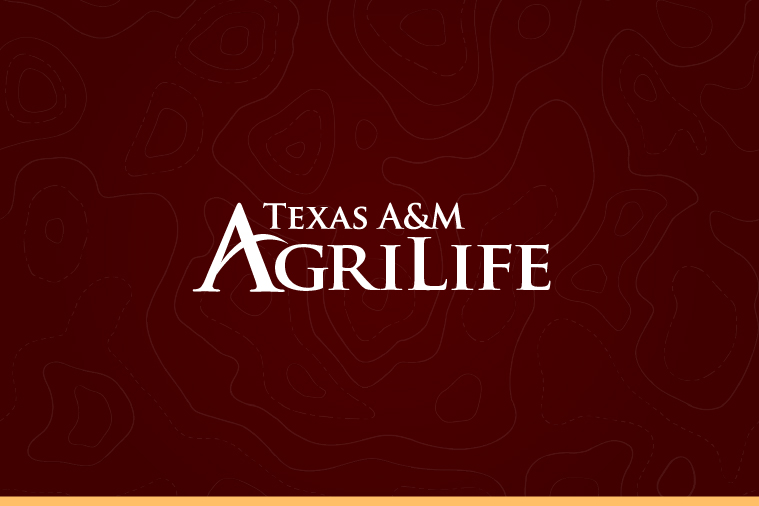Georgetown 4-H team featured in new display at Seattle Museum of Flight
GEORGETOWN – Members of a Georgetown 4-H rocketry team are over the moon about a new display at the Seattle Museum of Flight.
The display features a model rocket designed, built and flown by the Georgetown 4-H team of Matt and Mark Janecka and Daniel Kelton. So, what’s special about this little green rocket? It’s the one the team used to win the 2013 international rocketry championship at the 50th annual Paris Air Show – the largest air show in the world.

Located in the museum’s Charles Somonyi Space Gallery, the display was developed in collaboration with the National Association of Rocketry. According to the museum’s website, the display showcases model rockets from private collections, as well as “championship-winning hobby and sport rockets built and flown by rocketeers young and old.” For more information, go to: http://www.museumofflight.org/exhibits and click on “Inspiring Rockets.”
The model rocket display also features a photograph of the Georgetown 4-H rocketry team and a description of their accomplishment.
“It’s great that our rocket is in the display,” said Matt Janecka, who served for three years as team captain. “I hope it serves as an inspiration to young people who visit the museum, to show them what’s possible to accomplish with determination and teamwork.”
James Duffy, a retired Apple sales executive and 40-plus-year rocket hobbyist who has mentored the 4-H’ers since 2011, attended the recent exhibit opening.
“The team’s work ethic was primarily responsible for them accomplishing so much,” Duffy said. “They exceeded all my expectations for teamwork and focus in their rocketry pursuits, as well as in their application of math and technical skills. I think it’s very significant that their rocket was chosen for display by one of the premier flight museums in the world.”
In order to represent the U.S. in the Paris competition, in 2013 the team blasted into first place at the 11th annual Team America Rocketry Challenge, or TARC, 2013, held in The Plains, Virginia. They bested more than 730 teams in the challenge, which that year had more than 4,000 competitors representing 44 U.S. states and territories.
The team worked for months to design and build their rocket, using aerospace industry design, fabrication and testing processes, and meeting exacting design parameters and objectives.
The challenge’s “mission-oriented” goals included having their rocket climb to an exact altitude, land within a specific flight time and return an undamaged payload to earth. The payload, in this case a raw egg, was to be launched to an exact altitude of 750 feet and returned to earth unbroken within 48-50 seconds, using a 14- to 16-inch parachute for the descent.

At the Paris show, the team was required to complete a similar challenge, plus give an eight-minute presentation on their rocket design to a panel of international judges. They competed with the best British and French student rocketeers. The Georgetown 4-H team posted a flight score of 47, the Leonard de Vinci school team from France placed second with a score of 76.81, and the Royal Liberty school team from the United Kingdom placed third with a score of 105.67. The teams ranked in the same order for the presentation portion.
French President Francois Hollande congratulated the team members, and event organizers presented the U.S. team with gold medals and a crystal trophy at a chalet near the flight line at Le Bourget Airport.
“Both the TARC show in Virginia and the air show in Paris were the only times I’d ever been out of Texas,” Janecka said. “And now this…”
For more information about 4-H opportunities in science, go to the 4-H STEM page.





